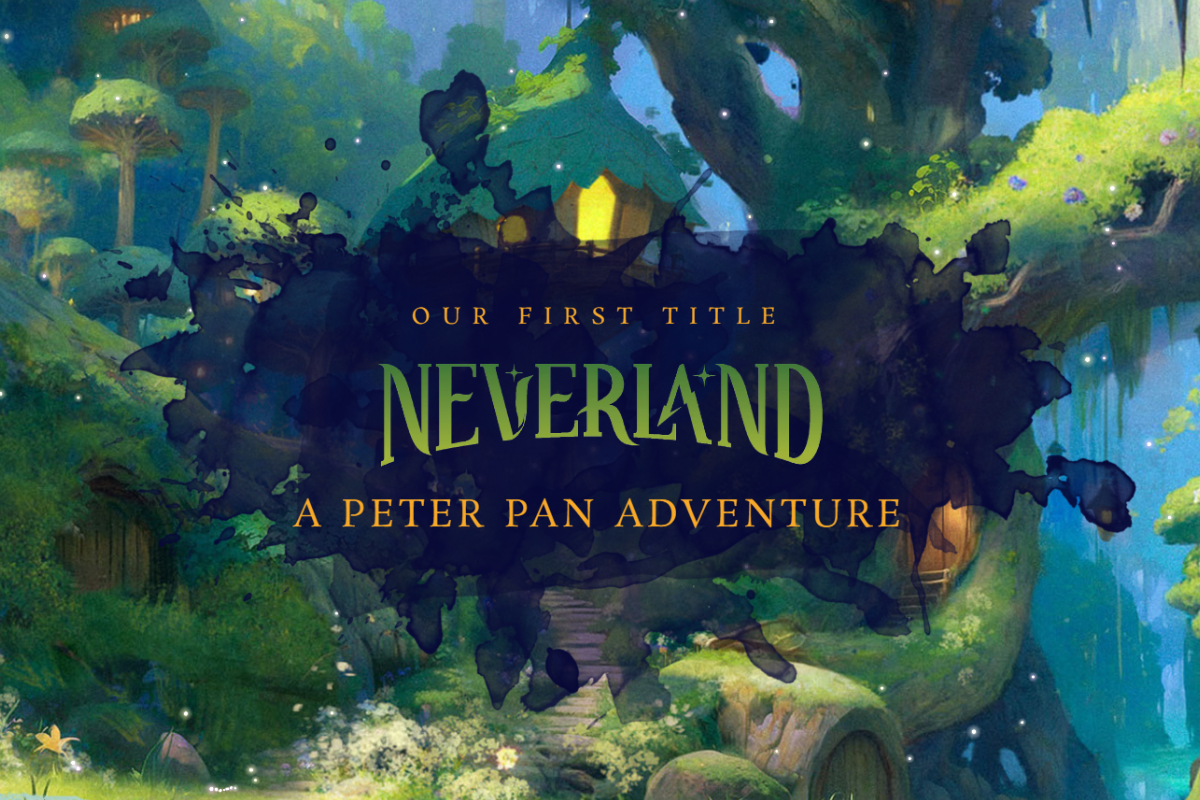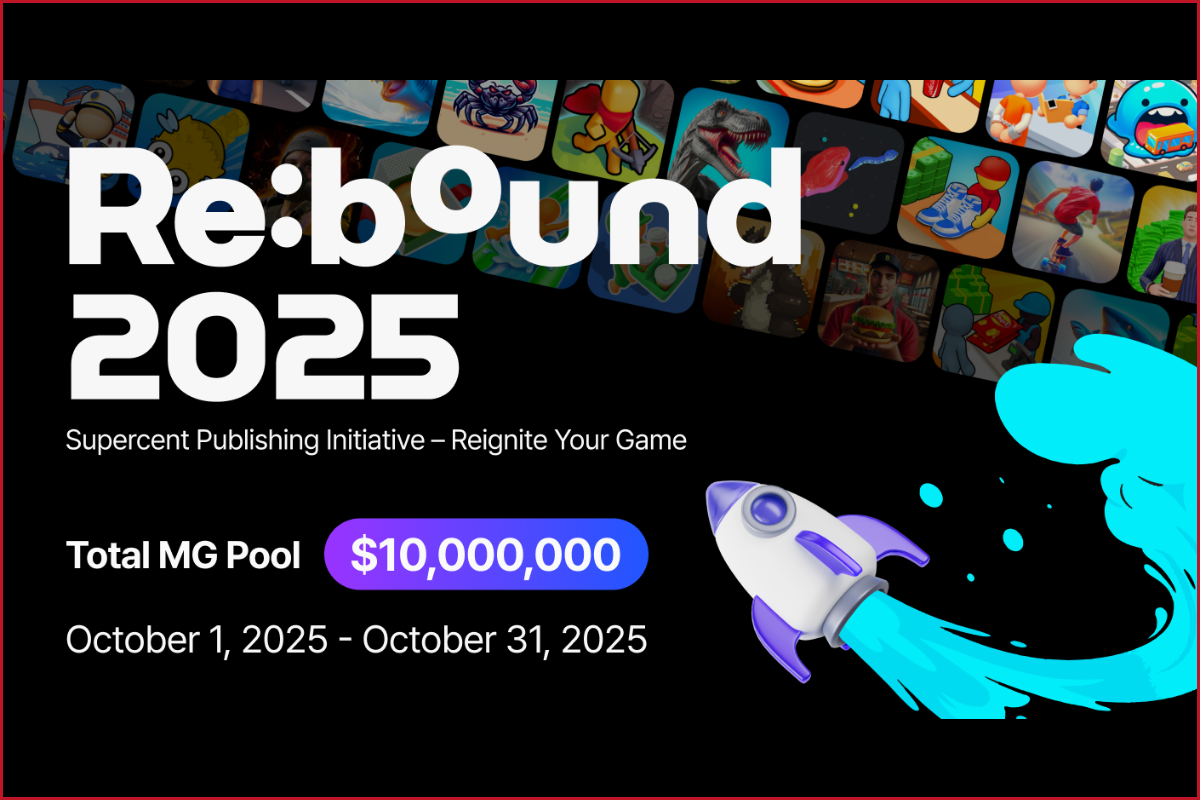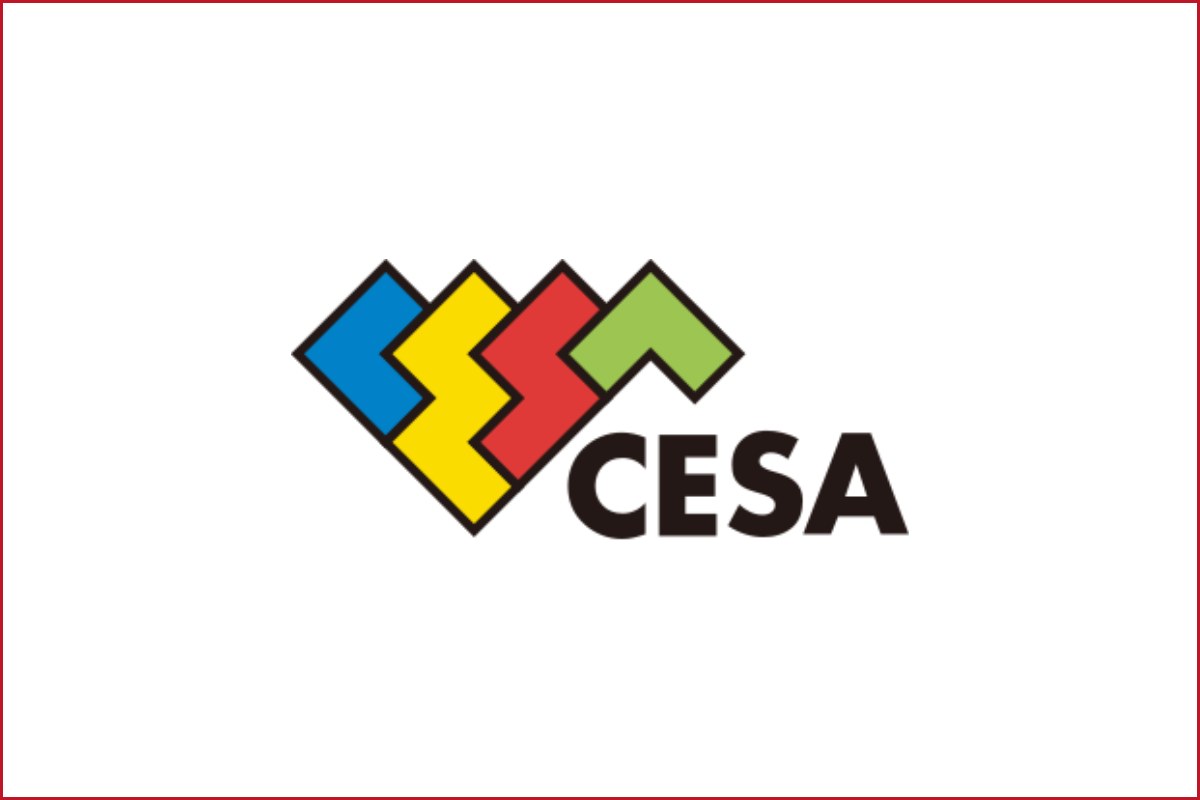InnoGames is one of Europe’s most established game developers, best known for its long-running titles, including Tribal Wars and Forge of Empires. At Gamescom 2025, we had the opportunity to sit down with Hendrik Klindworth, Co-Founder and CEO of InnoGames, to talk about the company’s origins, its newest projects, the future of evergreen franchises, and how technologies like AI are reshaping game development.
Editor’s note: To preserve authenticity, we kept the natural flow of the conversation so readers can experience the interview as it unfolded.
How did you start the company?
It was quite exciting. More than 20 years ago, we created Tribal Wars as a hobby project. At that time, I was still studying at university, and we developed the game just for fun. But then, more and more players started joining.
By 2005–2006, it became clear that I couldn’t manage both full-time studies and the game at the same time. We had already reached around 40,000 players, so we made the decision to fully focus on game development. That was the moment we said: Now is the right time to start a company. And that’s how InnoGames was born.

Image Credit: InnoGames
Did you develop Tribal Wars yourself?
The first version of the game I developed together with two friends, Eike and Michael, who are still part of InnoGames today. In those early days, the three of us ran everything—customer support, programming, server management, payments, all of it. Over the years, we gradually built up the company and professionalized the business.

Over the years, I’ve had many different roles within InnoGames, so my responsibilities have changed a lot. My role today is essentially a completely different job compared to 10 years ago—and again, compared to 20 years ago, it’s 100% different.

How did you come up with the name InnoGames?
From the beginning, our ambition was to create innovative games for our players. That’s why we didn’t call ourselves “The Tribal Wars Company” or something tied only to the first game. We always aimed to develop more games beyond Tribal Wars.
And that worked out—we went on to create The West, Grepolis, and then had a major breakthrough with Forge of Empires and Elvenar. For us, it was an important step to show we were more than just a one-game company, and to prove that we could build games even bigger than our first success.
You really did. So, did you already have that vision from day one?
We always had some plans for what the next steps could be. Of course, sometimes things grew larger than we initially expected, but there was always a clear idea of where we wanted to go. That was key for us.
Let’s talk about your latest game, Cozy Coast. What was the initial inspiration behind it? Because it feels quite different from the rest of your portfolio.
That’s right. Many of our successful titles are more mid-core games, but we always want to try something new and expand our portfolio. We had experienced teams who had gathered relevant expertise from other projects, so we looked at what would fit well with our skill set.
We also had the ambition to release a game in a very short time frame. Developing a full-scale mid-core title takes a long time, while merge games, for example, are somewhat easier in terms of their core gameplay. Of course, the live-ops systems around them are critical, but for us this felt like the right time—and the right opportunity for the team—to work on Cozy Coast.
And they did an amazing job. Development took basically one year, and we went into soft launch with the full feature set the game has today. That’s very impressive, with several validation steps along the way.
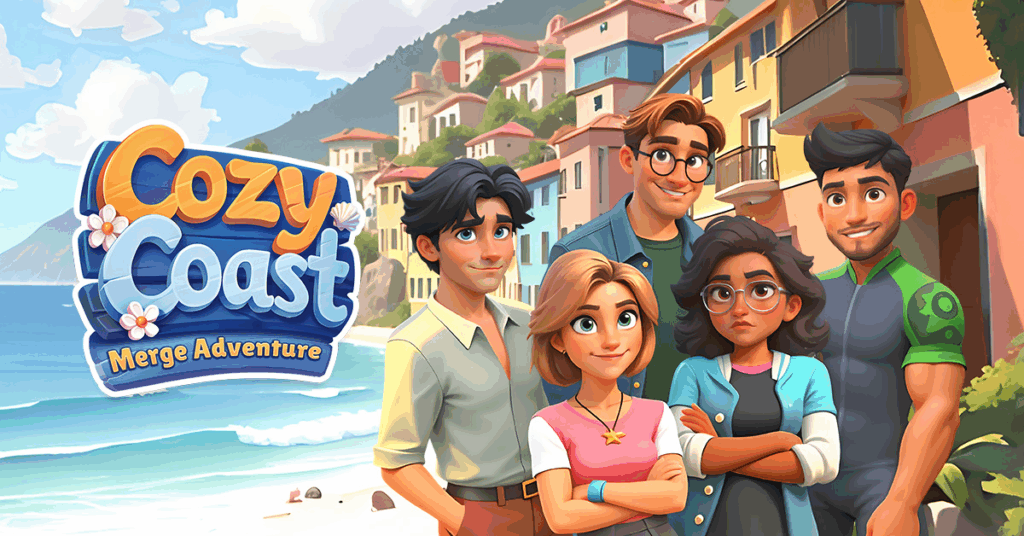
Image Credit: InnoGames
So with Cozy Coast, do you want to tap into other markets by going into the casual space?
Yes. It’s both about expanding our portfolio and seeing how we can apply our skills in a new area. But of course, it’s also about exploring the clear opportunities that exist in this segment.
For sure, you must also have other games in the pipeline. But let’s talk about lifecycles. You still maintain many of your existing portfolio titles—so for Cozy Coast, how long of a lifecycle are you planning?
In general, our ambition is to run games for decades. We want to create titles that stand the test of time. Ideally, we’d run them like Tribal Wars, which has been going strong for more than 20 years, or Forge of Empires, which has passed the 10-year mark. That’s clearly our goal.
We believe that if we continuously add new content to Cozy Coast, always care for and improve the game, and listen to player feedback, it can also run for many years. As a merge game, it has the potential to last for decades if we do it right. Of course, the game will evolve significantly over time in ways we might not even foresee today, but I clearly see that potential.

Do you expect a transition from your older games into Cozy Coast, or is it targeting an entirely new player base?
Mostly, it’s a different audience we’re addressing. There might be some overlap, but not as much as between some of our other titles. That’s fine—we’ll rely on performance marketing and other activities to reach players. Essentially, we’re expanding into a new area, and that naturally means new audiences.
In our portfolio, we’ve had games with slightly different demographics—for example, Sunrise Village has attracted a somewhat more female audience. So across our portfolio, we cover a broad spectrum: from the hardcore Tribal Wars, to broader titles like Forge of Empires, then Elvenar, Sunrise Village, Cozy Coast, and now also the fast-growing Heroes of History, which leans more toward core strategy and ties back into the overlaps with our existing audience.
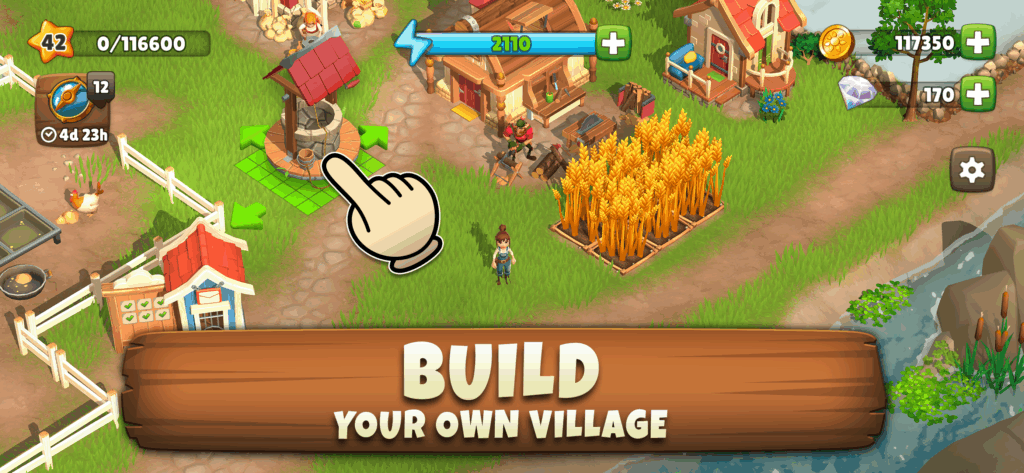
Image Credit: InnoGames
What do you think about cross-platform opportunities—for gamers in general, but also for InnoGames? You started in the web era and then transitioned to mobile.
In general, I believe it makes a lot of sense. From a player’s perspective, it’s fantastic to be able to access a game on whatever device you have, in the best possible way. On a PC screen, for example, you can explore and experience the game on a much larger scale, which is a clear advantage.
Of course, from a developer’s perspective, it also means we need to deliver a great experience both on the web and on mobile. The mechanics of our mid-core titles usually work well across these devices.
For Cozy Coast, though, it’s a bit different. It’s not part of our initial roadmap to have a browser version.
But with Heroes of History, for example, we quickly launched a browser version right after the mobile release, and that made a lot of sense from a player perspective. It’s great when you can switch devices and still get the best experience every time.
From a company perspective, cross-platform is also valuable because it gives us flexibility with different payment options, some of which can be more attractive for us than mobile-only payments.

Image Credit: InnoGames
Off-topic question—what do you think about Roblox? Would you consider transitioning to that platform?
For us, it’s currently not on our radar as a platform. That said, it’s a huge audience, and I have great respect for what they’re doing. But as a company, we need to keep a clear focus, and Roblox is outside of our focus area.
Forge of Empires has been running for over a decade and has earned over $1 billion. What does the future look like for evergreen franchises like this?
I think it’s absolutely possible to run games for decades. Take Tribal Wars—it’s been going for more than 20 years, and we clearly see there’s a loyal audience. We listen to their feedback, run surveys to understand exactly what players want, and continuously improve the game for them.
Last year, Tribal Wars even had its best year ever from a revenue perspective, which shows that if you do it right, a game can thrive for decades. That’s also our ambition with Forge of Empires, which has already reached 13 years.
Of course, the vision now is to keep it going for 20 years—and once you hit 20, naturally, the goal becomes 30. To achieve that, we keep adding new content, introducing new ages, new game modes, and making significant improvements over time. Sometimes that even means taking out parts of the game and replacing them with fresher, better elements. That’s the long-term strategy for Forge of Empires and similar titles in our portfolio.
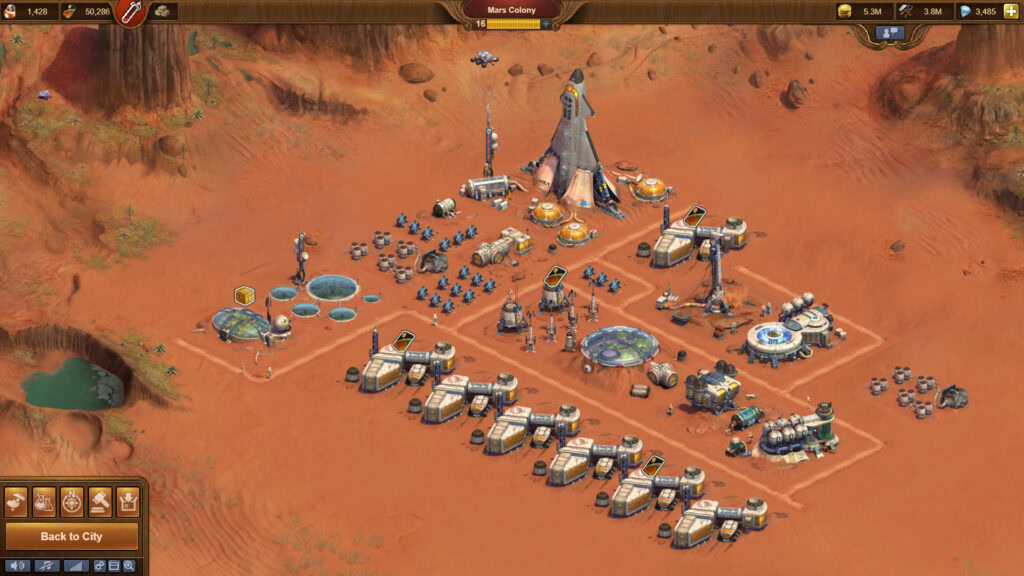
Image Credit: InnoGames
InnoGames must have a secret sauce for running titles that long. Especially now, when players’ attention spans are shorter and they constantly switch between games, commitment seems more difficult. What makes a game successful enough to run for more than 10 years?
The most important factor is not just adding new content, but really changing and improving the game itself over time. You have to evolve the game in new ways while taking the community with you on that journey.
Over the years, the game becomes a little different—it keeps the core vision from the beginning, but it’s reinterpreted for each new era. And it must adapt on every layer: technology, platforms, and gameplay.
When Forge of Empires launched, for example, it was a Flash-based browser game. Flash is long gone, so today the game runs on new browser technologies and on mobile. Everything around it has changed, but players could still experience the game throughout these transitions. We always took them along with us on this journey, and that’s been key to keeping the games alive for more than a decade.
I was going to ask if there’s still a “first version” of the game somewhere. But since Flash doesn’t exist anymore, is there maybe a floppy disk with the original build—something for a games museum?
We actually do have a version of Tribal Wars from 2003. You could call it a nostalgia version. It still runs, though it has been adjusted to modern technologies, but the original gameplay from 2003 is still there. I’ve maintained it a bit over the years.
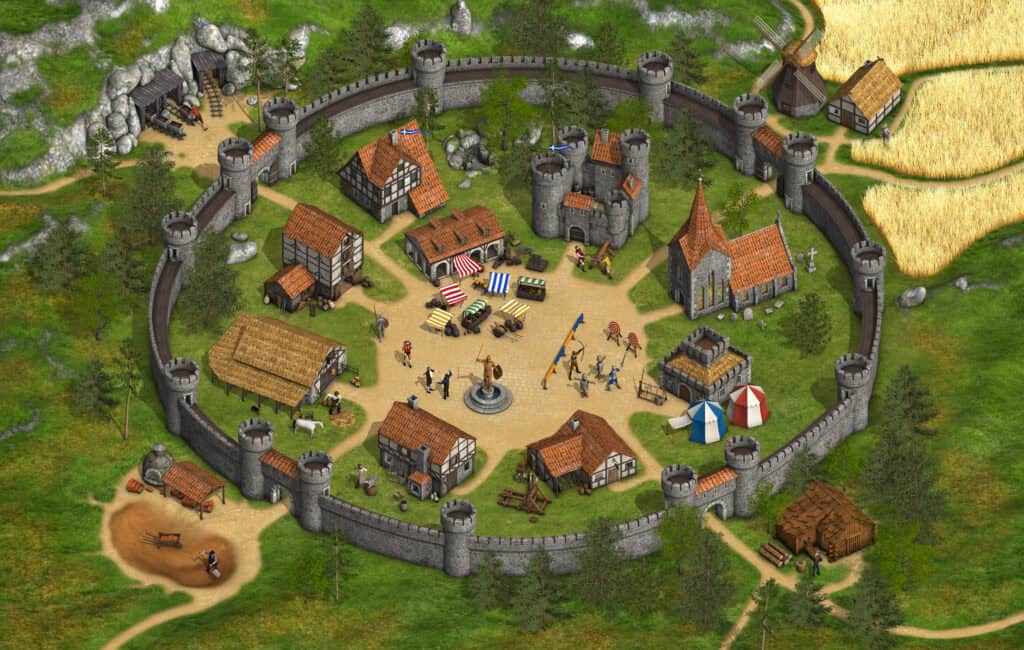
Image Credit: InnoGames
And you still have players who’ve been with the game for more than a decade, right? People who started on day one and never left?
Yes! Some players really have been with us since the very beginning. To keep things attractive for them long-term, we also introduce new worlds from time to time, giving everyone a fresh chance to start from scratch. That’s always a nice opportunity for players who want to relive that excitement.
What is your approach to AI? How do you think it will transform the games industry?
We are very AI-positive. We encourage the use of AI in the game production process—but always with a human in the loop. At the end of the day, it’s still a human who has the creativity and taste to decide whether something has the right quality.
We embrace AI across all areas of game production, but it’s especially visible on the art side. Artists use AI as a tool, but they still review the results, tweak them, and ensure they meet their own quality standards. Some of our artists even say that with AI, they can create things they couldn’t make on their own—sometimes achieving an even higher quality level.
The same applies on the engineering side. This year, tools for assisted coding have become more reliable, with a better understanding of our code base. Many of our engineers are already experimenting with them, and I expect adoption to rise significantly. These tools will help us develop more features and improve efficiency, but ultimately, the software engineer remains in full control. We don’t do blind coding—we use AI as part of engineering best practices to become better engineers and, in the end, make better games.
I fully believe AI will change game production. It will allow us to create much more content and, in some cases, achieve higher quality results than before. So overall, we’re very positive about it.
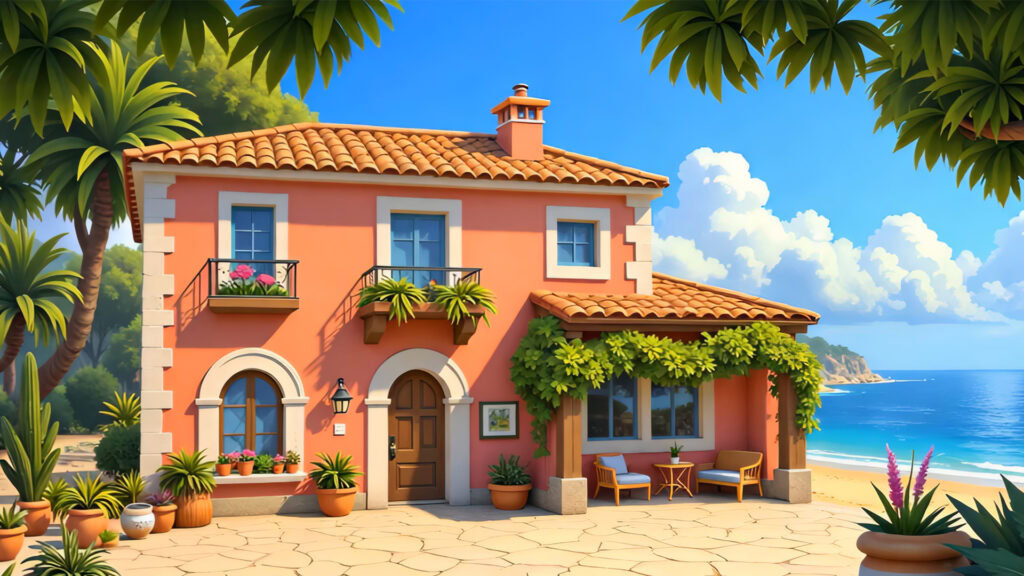
Image Credit: InnoGames
What keeps you going? It’s been more than 20 years. I’m sure people ask you when you’ll retire.
For me, it’s still exciting. We have a big player base, and I want to make sure they continue to get the great games they love. On top of that, there’s the responsibility of running the company—building these games together with our teams.
In a way, managing the company is also like a game itself: making sure it stays successful in a very challenging market environment. That challenge is fun, and it keeps me motivated. I like the challenge of keeping it running.
Do you want to add anything before we wrap up?
Maybe one last point. I’m very proud of how Forge of Empires has run successfully for such a long time. But now we also have Heroes of History, which is reaching significant scale and really achieving a breakthrough—both on browser and mobile. The player base keeps growing, and we have so many features and ideas we can continue adding to it. That’s the great thing about this game.
So today, InnoGames is not only the Forge of Empires company—we’re also the Heroes of History company. And of course, all our other games already play a significant role in our portfolio as well. That’s very important for us.
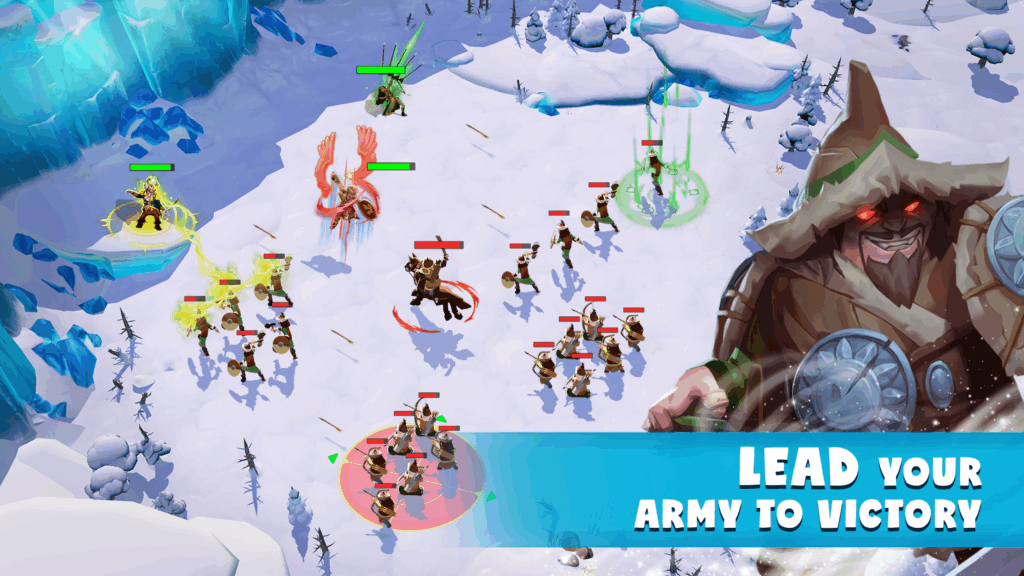
Image Credit: InnoGames
One follow-up question. You’ve been focused on strategy games for a long time, and now you’re adding more casual titles. Where do you position yourself in the market today?
Each game, of course, needs to position itself and attract the right audience. But as a company, our core is still accessible mid-core games.
We started on that path with Rise of Cultures, which offered very high accessibility. Now with Heroes of History, we’ve achieved both accessibility and deep long-term gameplay. In many ways, Heroes of History represents the core of our company today, much like Forge of Empires did before. Both began as accessible experiences and then grew with more features and depth over time.
That’s really our DNA. At the same time, we always try to take steps slightly outside our core—exploring new opportunities and delivering fresh experiences.

Co-Founder & CEO of InnoGames

